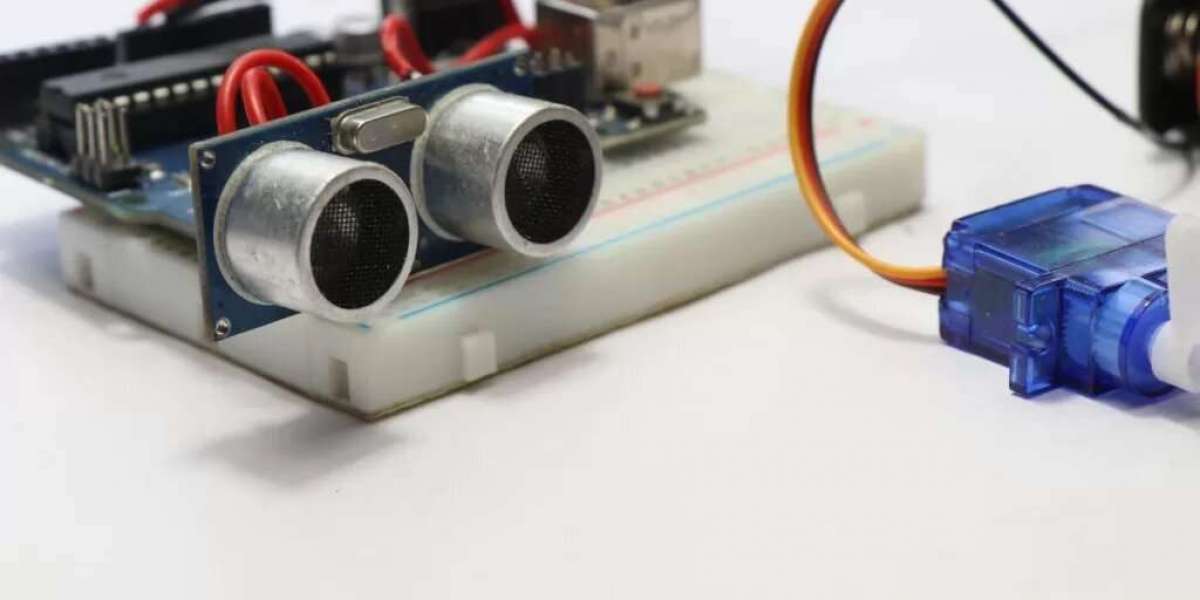Understanding Ultrasonic Sensors
Ultrasonic sensors work by emitting high-frequency sound waves, typically beyond the range of human hearing, to detect objects and measure distances. When these sound waves encounter an object, they bounce back to the sensor, allowing it to calculate the distance based on the time it takes for the waves to return. This simple yet effective mechanism has a myriad of applications, making ultrasonic sensors highly versatile.
Applications in Industry
In industrial settings, ultrasonic sensors are revolutionizing processes. They are widely used for proximity detection, object counting, and level measurement in tanks and silos. Their ability to operate in harsh environments, including extreme temperatures and dust-laden atmospheres, makes them ideal for manufacturing and logistics. For example, they can accurately measure the level of liquid in a tank without direct contact, ensuring safety and efficiency in operations.
Moreover, ultrasonic sensors play a crucial role in automation. They enable machines to navigate and avoid obstacles, facilitating the development of autonomous vehicles and robotics. This technology enhances operational efficiency and safety, reducing the likelihood of accidents in workplaces.
Transforming Healthcare
The potential of ultrasonic sensors extends into the healthcare sector as well. Medical professionals utilize ultrasound imaging to diagnose and monitor various conditions. By providing real-time, high-resolution images of internal organs, these sensors facilitate non-invasive examinations, allowing for early detection of diseases. The precision and reliability of ultrasonic sensors in medical diagnostics continue to evolve, paving the way for innovations in patient care.
Smart Home Technology
As smart home technology becomes increasingly prevalent, ultrasonic sensors are finding their way into everyday appliances. From automatic faucets to smart security systems, these sensors enhance convenience and security in our homes. For instance, ultrasonic sensors can detect motion, triggering lights or alarms, thereby improving energy efficiency and safety.
Environmental Monitoring
Ultrasonic sensors are also being used in environmental monitoring applications. They can measure water levels in rivers and reservoirs, helping to predict floods and manage water resources effectively. Additionally, they play a vital role in wildlife conservation, enabling researchers to monitor animal populations and habitats without disturbing their natural behavior.
Future Prospects
The future of ultrasonic sensors looks promising. As technology continues to advance, we can expect even more innovative applications across various sectors. With the integration of artificial intelligence and machine learning, ultrasonic sensors will become smarter, enabling them to analyze data and make informed decisions in real time.
Conclusion
Ultrasonic sensors are truly a testament to the power of technology, extending our capabilities beyond sight. Their versatility, reliability, and adaptability make them a vital component in industries ranging from manufacturing to healthcare. As we continue to explore the potential of these sensors, we unlock new possibilities that can enhance our lives and reshape our interactions with the world around us. Whether in industrial automation, healthcare, or smart home technology, ultrasonic sensors are undoubtedly paving the way for a more efficient and connected future.







